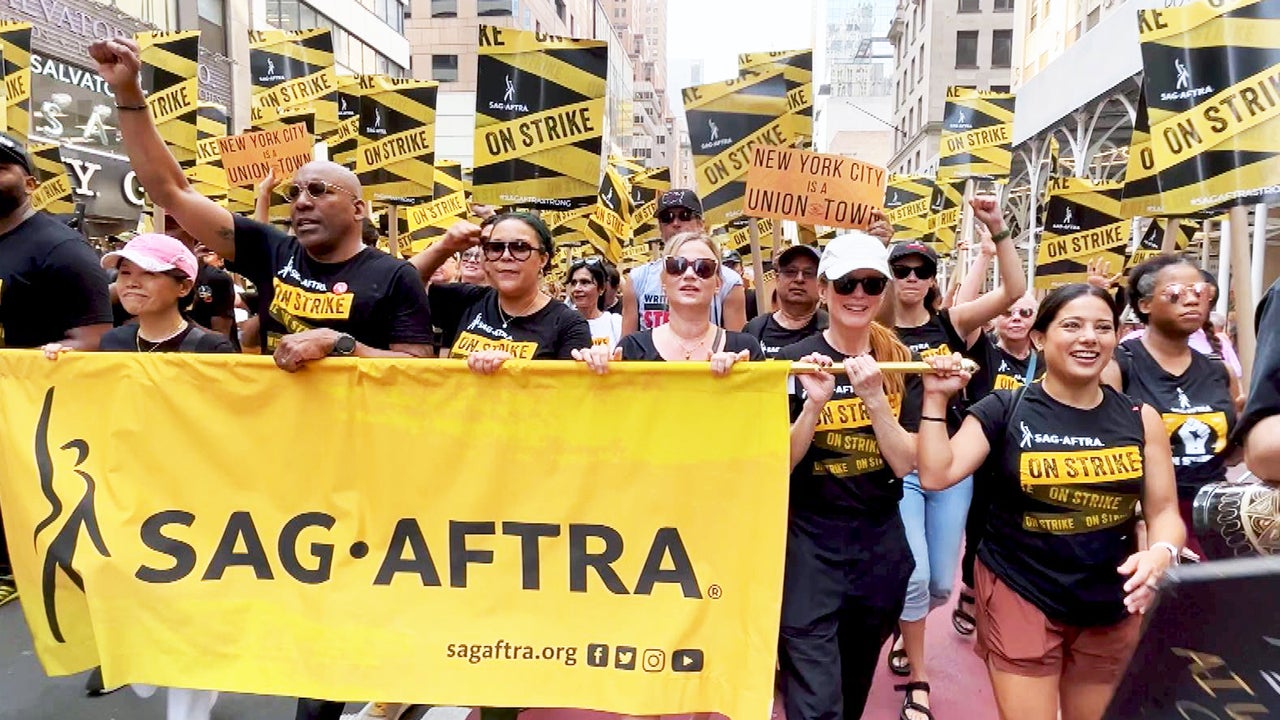Inflation eased in October and price rises showed encouraging signs of slowing beneath the surface, according to the latest data released on Tuesday. The report provided the Federal Reserve with fresh evidence that its fight against runaway inflation is working — and possibly reducing the need for further rate hikes.
The overall consumer price index slowed to 3.2 percent last month on a year-on-year basis, down from 3.7 percent in September and the best since July. This slowdown was partly due to more moderate energy prices.
Even with volatile fuel and food prices removed, the closely watched “core” price measure climbed 4 percent in the year through October, slower than previous readings and more than economists expected. Is weaker than.
Inflation has declined meaningfully last year after peaking above 9 percent on an aggregate basis in the summer of 2022. Fed officials are trying to get back to the pace of around 2 percent that was typical before the pandemic by raising interest rates. Rates, which they expect will slow consumer and business demand.
Although price increases have slowed significantly over the past year, the decline had stalled in the months before Tuesday’s report.
The rise in prices was mitigated somewhat as supply chain problems reversed the cost of many goods, causing prices of items such as bicycles and bed frames to stop rising so quickly or even decline. Also came. But increases in housing and other service costs, which are more closely linked to the strength of the overall economy, were beginning to prove more stubborn.
The latest data shows that progress has resumed on those key fronts. A closely watched measure of housing costs eased after rising unexpectedly in September. A measure of inflation in other services — which includes everything from manicures to health care — slowed to the slowest pace since the end of 2021, based on Bloomberg calculations.
Overall, the data provided clear signs that inflation is moving in the right direction – an optimistic development for central bankers as they try to cool the economy enough to curb price growth enough to curb its pace. Without them causing a painful recession.
“This shows that inflation continues to slow,” said Gennady Goldberg, rates strategist at TD Securities. He said that although it was just a report, it was encouraging. “It’s not just being driven by one quirk, but by a number of things.”
Fed officials are closely watching inflation data as they try to determine their next steps. Policymakers recently raised interest rates from near zero to 5.25 to 5.5 percent by March 2022.
They are now debating whether a final quarter-point rate change is necessary — and Tuesday’s report left many investors and economists speculating that a final increase is unlikely.
Stocks surged after the latest data, with the S&P 500 rising more than 1 percent in the hours after the report was released. The tepid inflation data has stoked expectations among investors that the Fed will keep interest rates steady: The two-year Treasury yield, which is sensitive to changes in interest rate expectations, fell markedly after the release.
“There may be ups and downs along the way, but I’m really encouraged by reading this,” said Kathy Bostjanic, chief economist at Nationwide. “This reduces pressure on policymakers to raise rates further.”
Officials have made clear that they expect interest rates to remain high even after they stop raising them, and to continue to exert downward pressure on consumer and business demand by making it more expensive to borrow money .
And despite progress in taming inflation, central bankers may be hesitant to declare victory.
For one thing, they’re not completely out of the woods. For example, consumer and investor inflation expectations could become a concern for Fed officials if they continue to jump higher. A five-year-ahead measurement prepared by the University of Michigan has pointed to higher levels, as have some market-based gauges. Policymakers have so far spoken optimistically about those changes.
Executives also avoid getting hung up on one or two good numbers, worried that gains could reverse.
“We know that ongoing progress toward our 2 percent target is far from assured: Inflation has given us a few misses,” Fed Chairman Jerome H. Powell said last week.
But many economists expect inflation to decline further in 2024. Goldman Sachs analysts predicted in a research note this week that there would be “further deflation in the pipeline” from car, rental and labor markets.
For now, Mr. Goldberg said policymakers are likely to turn their attention to economic growth, which is showing signs that it is cooling at a sustainable pace.
Assuming demand has weakened as expected, this should prompt consumers to become or remain price sensitive – forcing retailers and service providers to either charge less or risk scaring away buyers. Should be picked up.
For some goods providers, this change is already evident. Rachel Glaser, chief financial officer of online craft marketplace Etsy, said during a recent presentation that the platform has traditionally competed by offering unique products rather than low prices. But as consumers are proving increasingly selective, this is changing.
“We haven’t really competed or tried to compete on price,” he said during the September presentation. “But in this environment, we’re starting to lean toward a little bit of leeway.”







